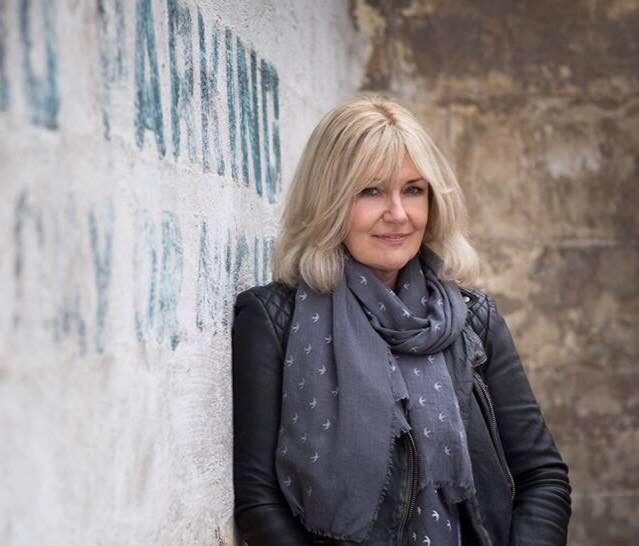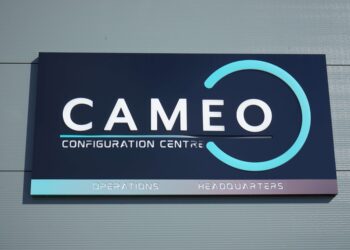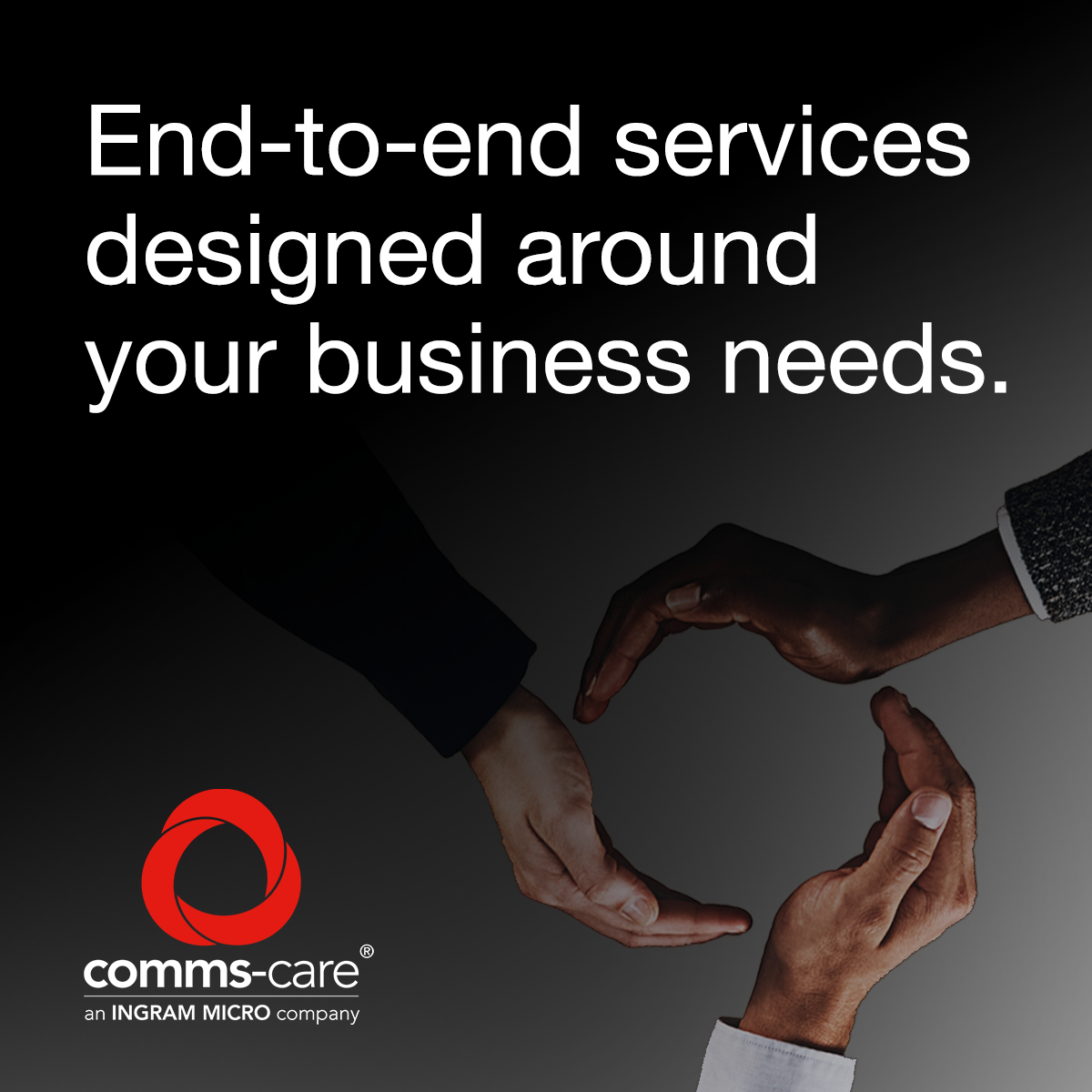“Dealing with PR companies is like stumbling about in the dark waiting to get mugged!” one channel player told me recently. You’ve got to love his honesty. And I’ve been working in this sector long enough to know why he feels that way. But it doesn’t have to be like that.
My confidant was bitterly downloading about the PR and content maze that he has had to tackle over the years. He’d almost given up until I persuaded him to give it one more try. That’s why interpreting his problems and interpreting all the problems that clients are trying to articulate is my thing. It’s a craft I have been perfecting for 38 years in the channel. I started off in the ‘80s as a true PR greenhorn, having just set up my own agency and working with disties including First Software, Kode, Xitan and Skytech. I was incredibly lucky to act at a PR taster service that Skytech provided for its customers during that time, as they included Cisco, Novell, Banyan and a host of others who grew to be a lot bigger than they first started out as part of Skytech’s extended stable.
Fit the technology around the story
Over the years, I have seen the business partners for vendors evolve enormously. It was no longer enough to see the technology, you had to have an intimate knowledge of how your customer’s business actually works and how to fit the technology around it.
In the old days, a reseller might expect the customer to work around the technology. The modern service provider is fine tuning the technology constantly in order to make it work around the client’s business.
Which is why channel partners these days seem to be defined by the industries they support. They really have to know how those internal processes and external supply chains work before they can create demonstrable productivity boosts. That is an incredibly difficult full-time challenge.
So, it’s little surprise that they can be vulnerable and struggle to understand the PR and media industries. They’ve already got enough on their plate.
Given those circumstances, it is understandable that they might become a little suspicious. How do they know they are getting value for money? Some of them do get taken advantage of and spend a lot for very little return. Many companies can indeed be led down a back alley and mugged by Flack the Knife, as my friend feared. Yes, many agencies insist on large account retainers with no service levels attached, and that particular sting is likely to be set up in a company with a huge reception area and enormous shin level seats that could swallow a channel swimmer whole.
Demystifying the process
I always think the best way to treat a channel partner is how they’d treat me. So, let’s kick off with demystifying the whole process.
We need to talk about content – it’s such a little word that cheapens everything it includes. Shakespeare’s plays, to some heathens, are ‘content’. As are classic novels and films. Imagine the conversation: ‘I love that content Citizen Kane. For me, it’s right up there with the Shake’n’Vac advert and Love Island.’
Imagine if we treated technology services with the same irreverence. If we lumped Amazon Web Services in the same category as a teenage website developer.
I would encourage any channel company embarking on the road to marketing communications to work out what conversations they want to have. And with whom. When. Why. How. And in what context? If those questions sound familiar, that is because those are very similar to the classic questions that journalists ask.
Everyone thinks they can do someone else’s job better than them. That’s why men in bursting T shirts shout at professional footballers to ‘sort the defence out’. It’s why millions of people bought their own PC networks in the 90s, only to discover that this IT business is a lot more complicated than they thought.
Now, with all these publishing platforms, everyone is an expert on writing. Apparently. So instead of doing the job they profess to be passionate about, they are filling blog space with lines of clichés about ‘innovation’ and the clunking ugly product names that would even drive a robot’s eyes off the page. Chat GPT has taken everyone’s eye off the ball and led companies to mistakenly think they don’t need real people to tell their stories anymore.
I like to keep it simple, so that the client knows exactly where we are on our journey and we all understand our shared objective. We work as a team with mutual respect and understanding of our respective talents. That way we can get the most out of each other and achieve those results we all want. It’s important to shape your language and tone around the people you want to be having conversations with.
What you have to be prepared to do
You will have to be prepared to give some of your time. We don’t carry wands in our pockets, and will need input and information from you to do the job properly. The longer we work for you, the more we know but at the outset please understand that we don’t know what we don’t know – if you invest time at the outset it will be well worth it. We will get to know your business and be able to prepare comments and quotes on your behalf to take some of the burden from you. When we have deadlines from editors to meet, we always strive to give you the most notice we can, but sometimes we hardly get any and so, in order to get the coverage, a quick turnaround is required.
Unless you are paying for the coverage, we cannot ask a journalist to show us the copy he is going to file after interviewing you, either. It’s a huge no-no and PR people rapidly get themselves to the top of an editor’s idiot list by even asking the question, so any good PR won’t do it. There are certain magazines that you will have to pay to get coverage these days, too. It’s the way the market is going.
If you can talk about some good wins, please do. It’s what editors want to hear about. Case studies are also a big favourite – even though they are difficult to get past clients. It’s their rarity that makes them like the holy grail – and you will score massive brownie points with vendor partners by producing these out of the hat for them. I have found over the years that they’re great bargaining currency for MDF applications.
You want to reach the right people? Interact with them, share experiences and confidences and build trust in what could be a highly valuable working relationship. Accept that not all PRs are the cliché you’ve come to expect them to be. But choose wisely, because the channel is a very special place and not many agencies really get it. They will have to understand the way it works and have decent contacts in order to make an impact. Don’t be afraid to ask them who they know and what they’ve done. They should be proud of their track record. I eat, sleep, breathe and repeat the channel and I know (and love) it very well but it can be like the wild west at times (even now) and you have to know the audience.
It’s crowded out there.
Gina Hough
Gina Hough is the founder of PR agency MCC Int Ltd

















